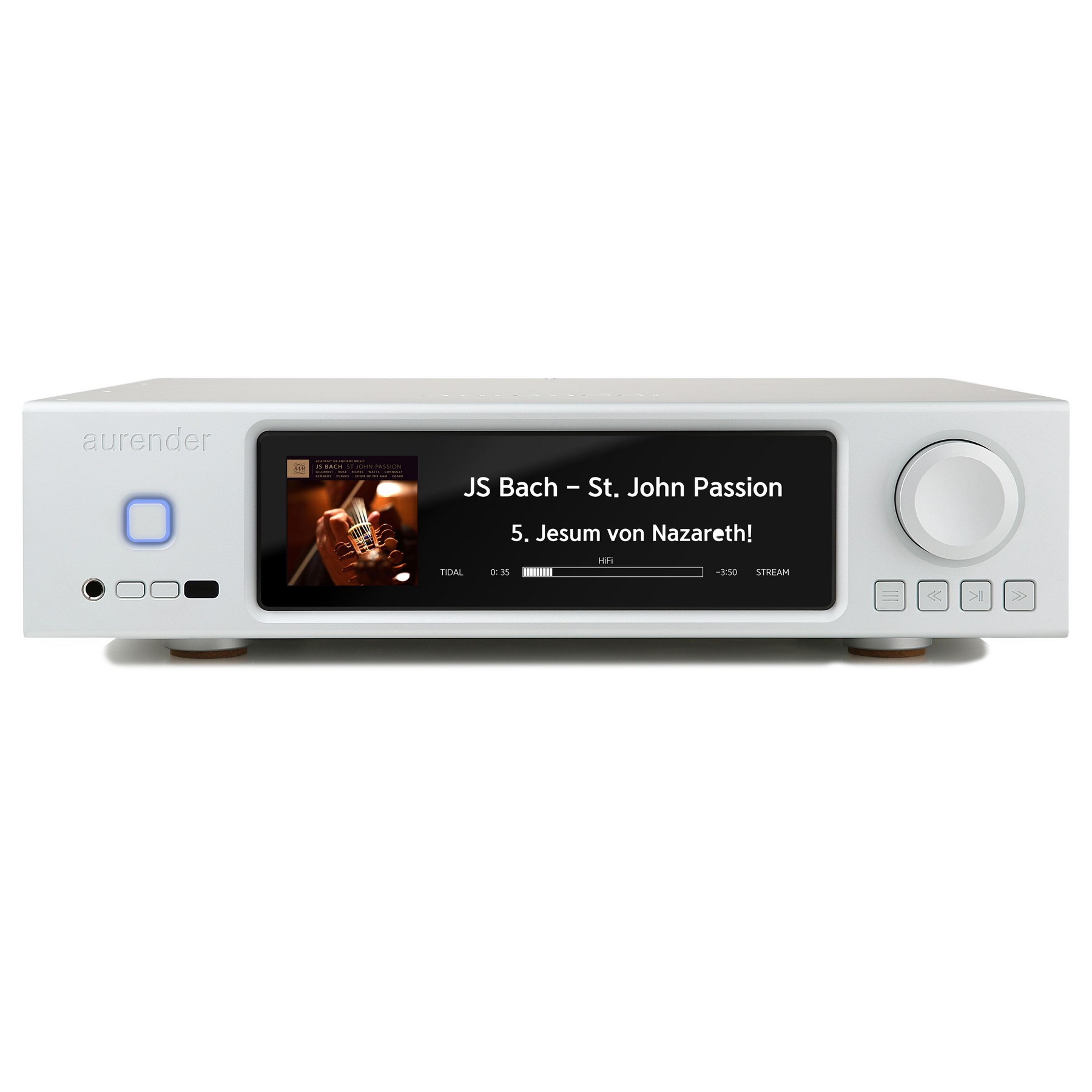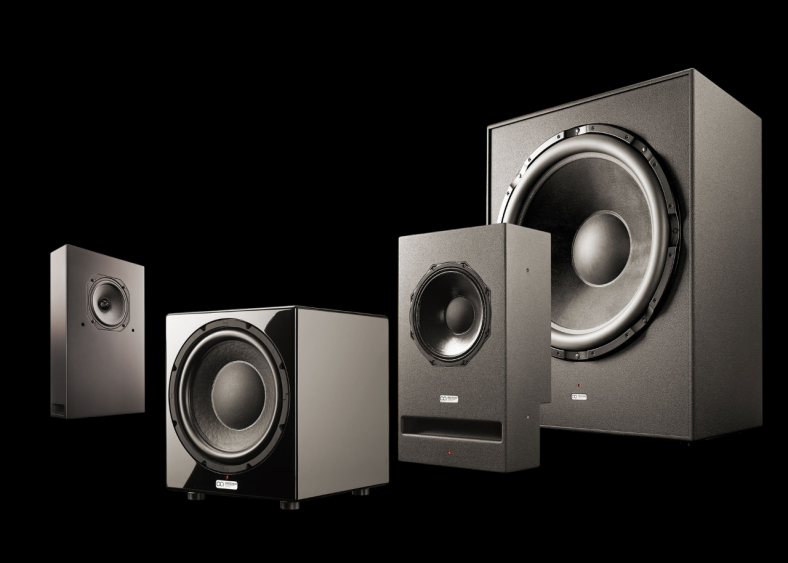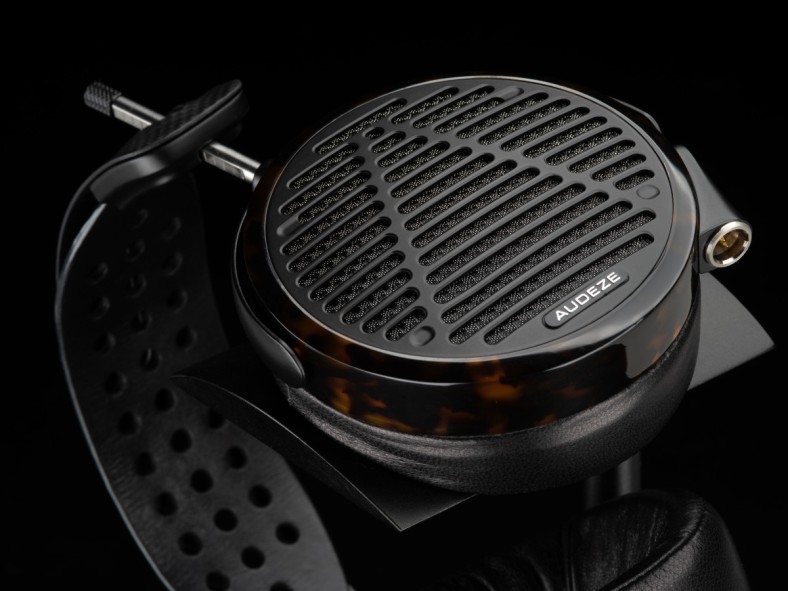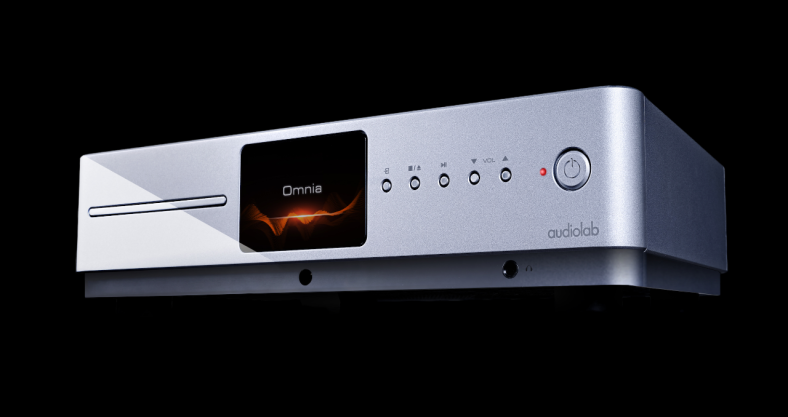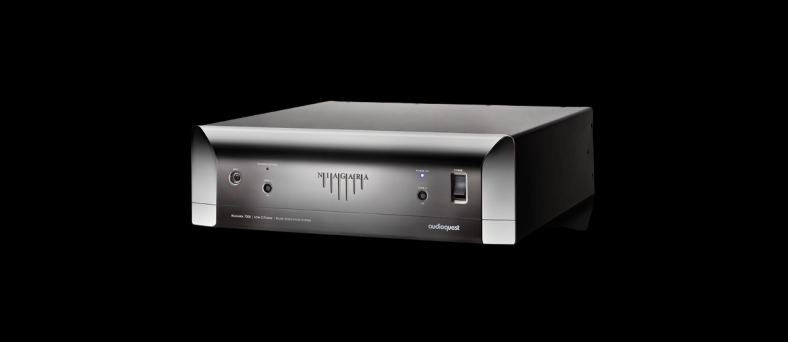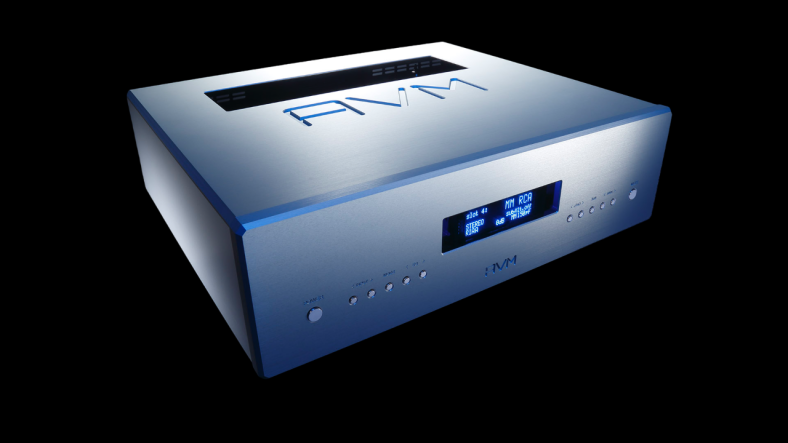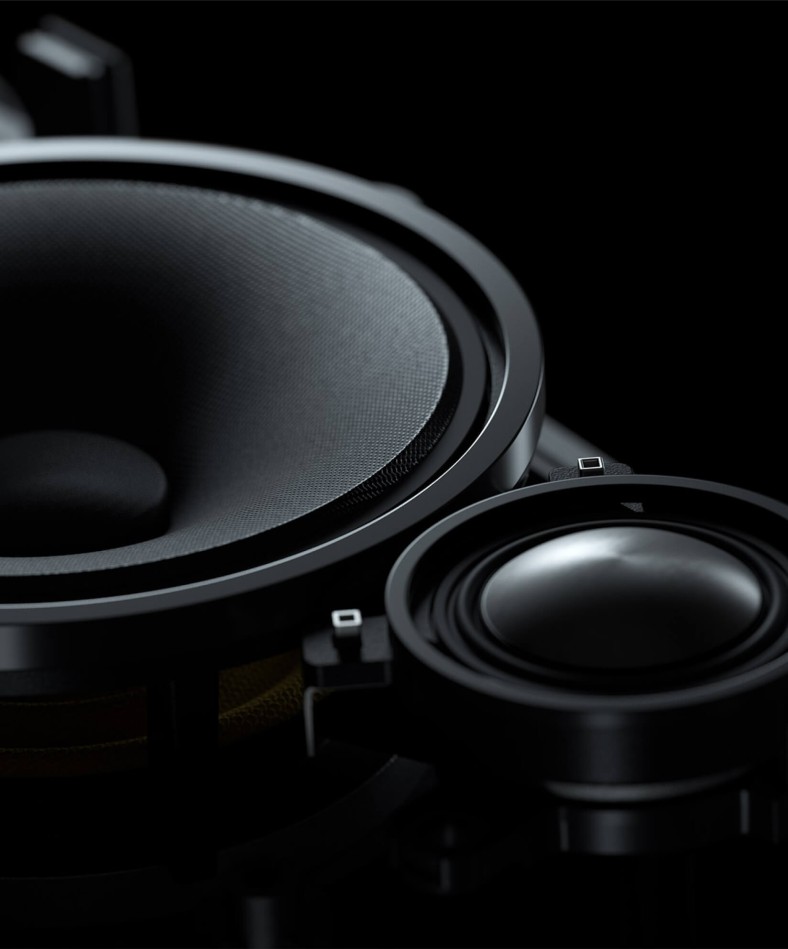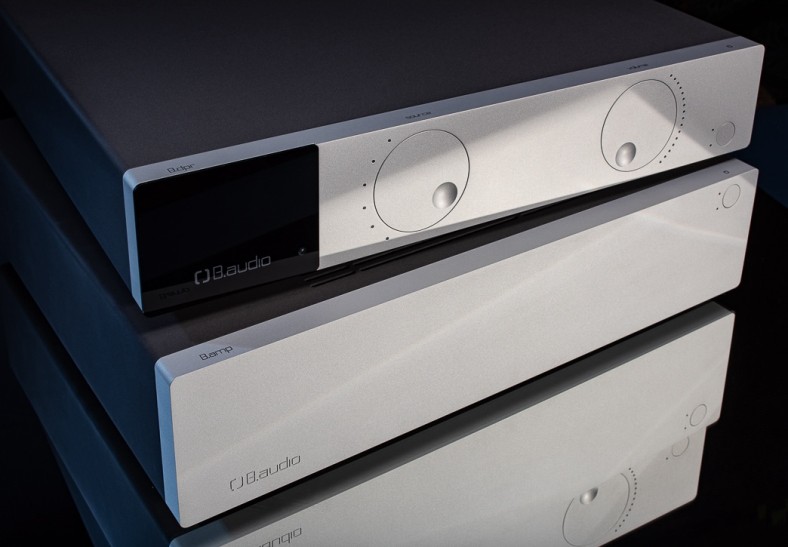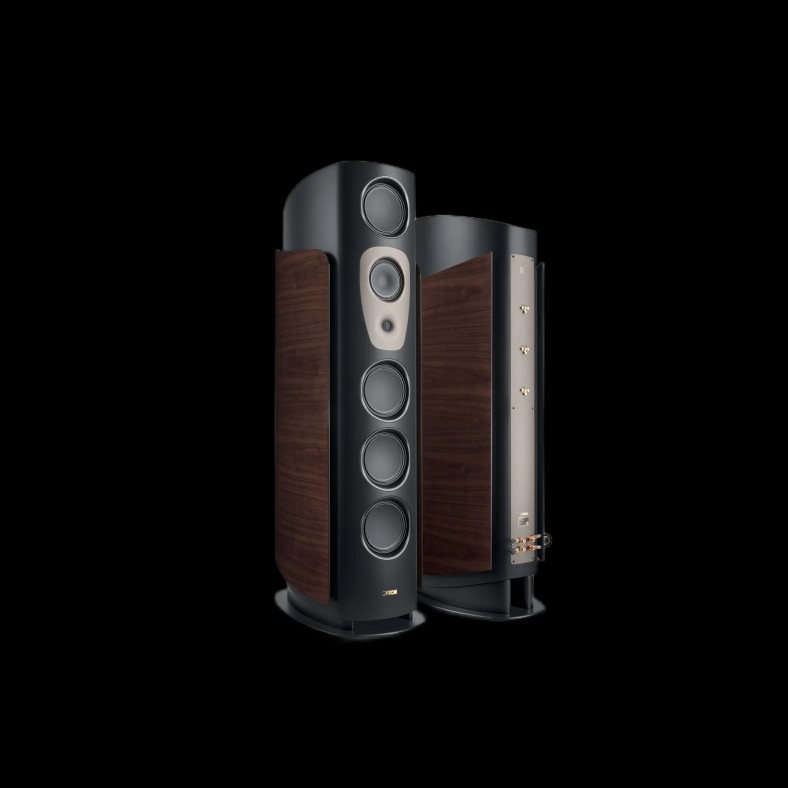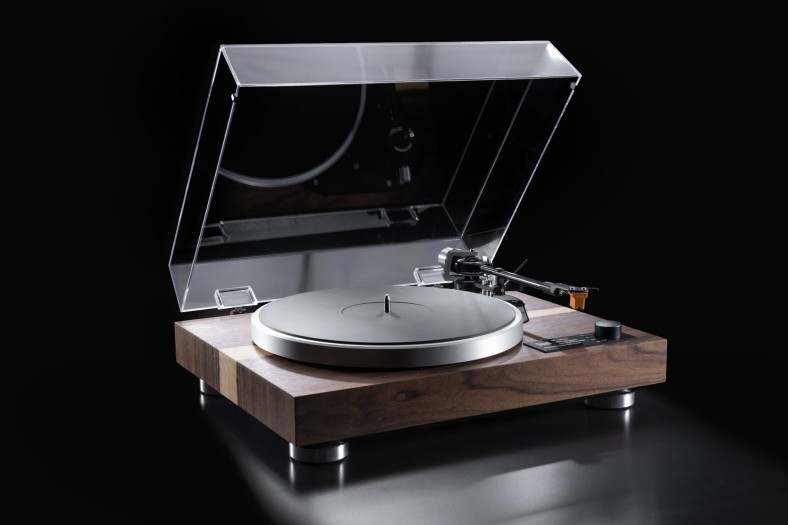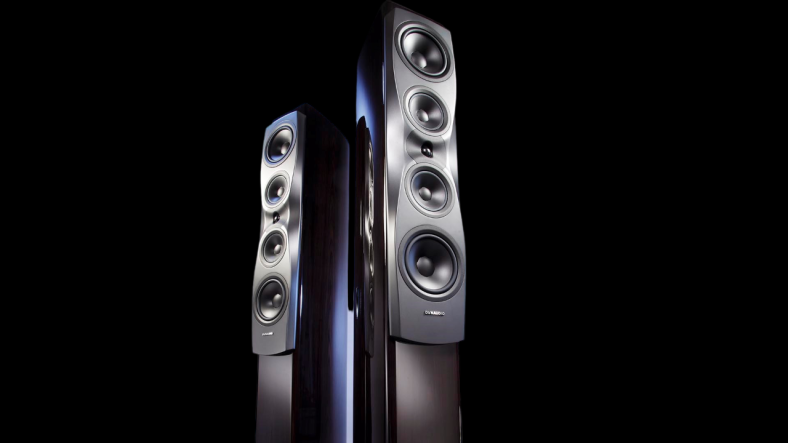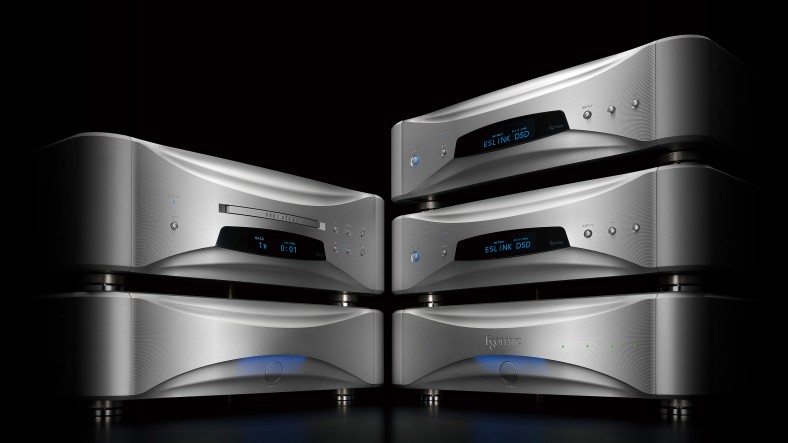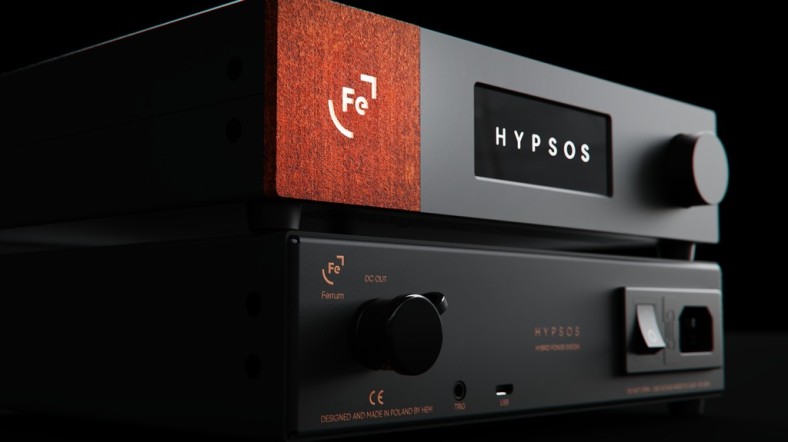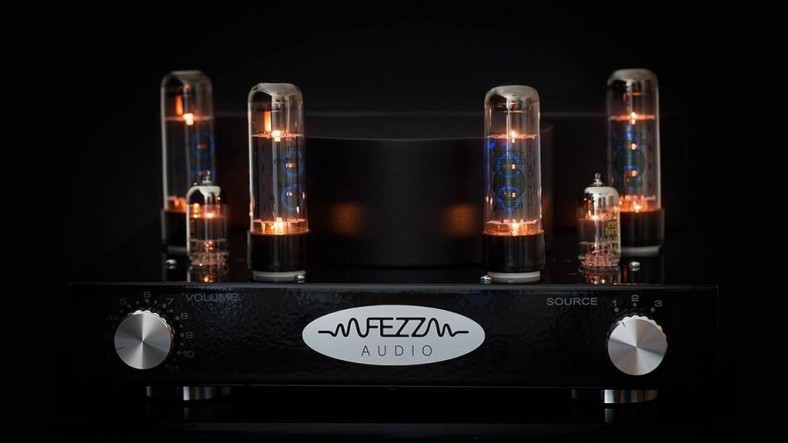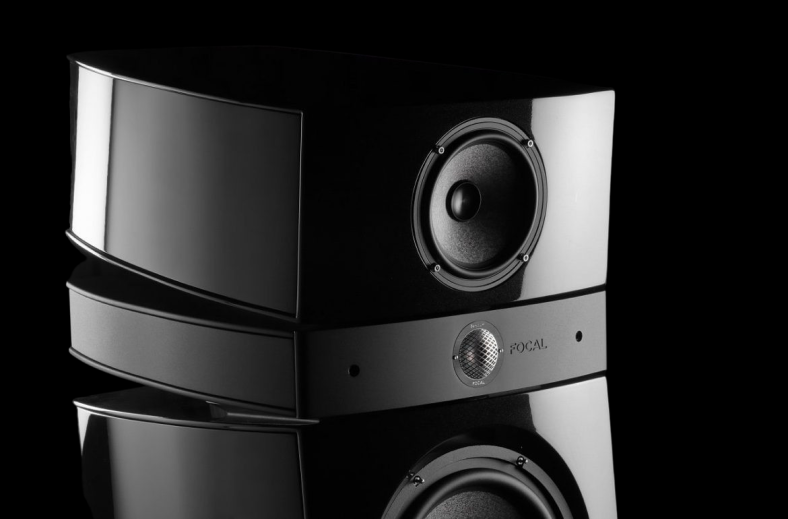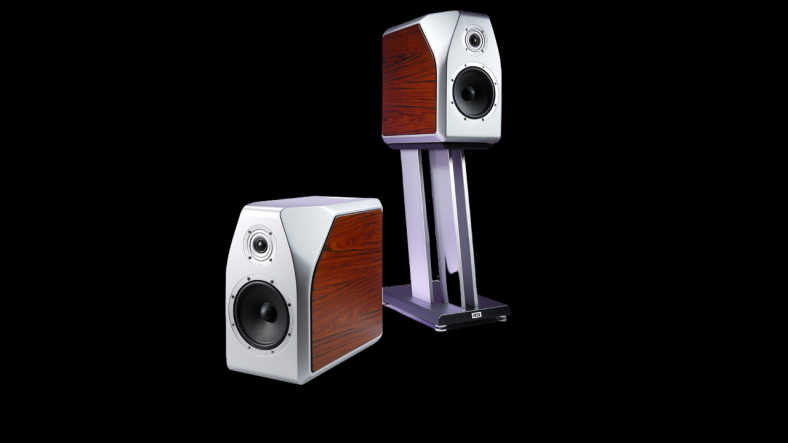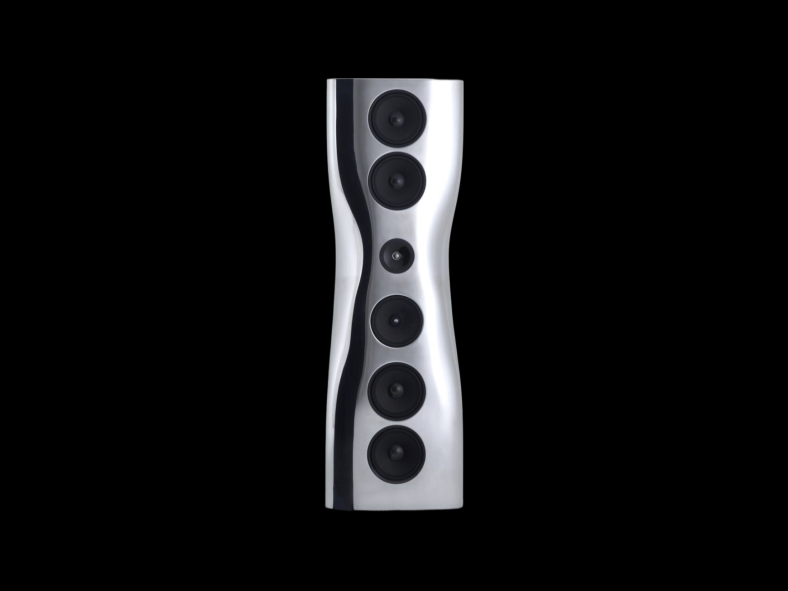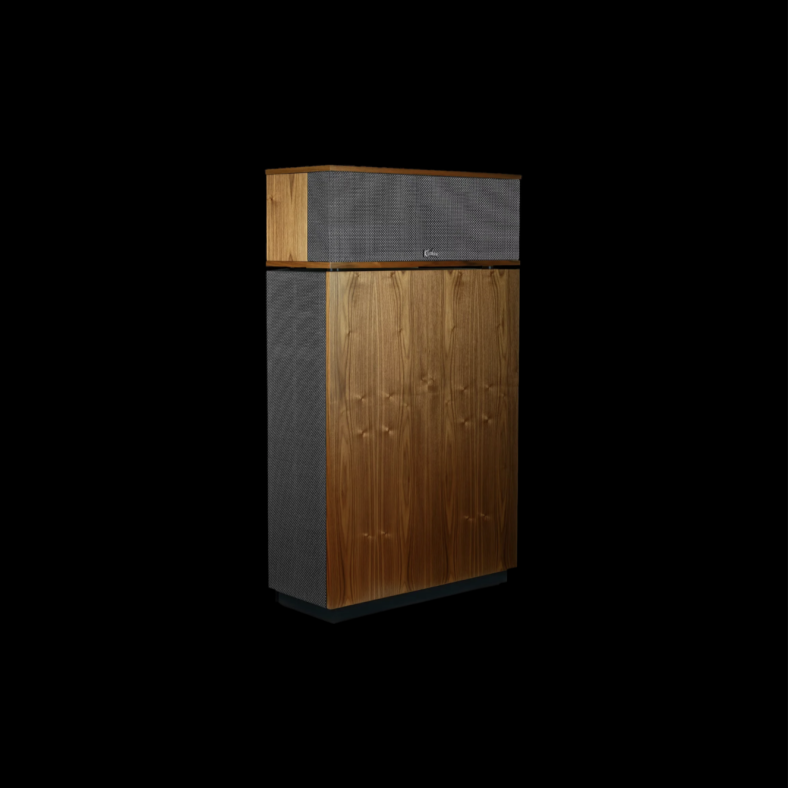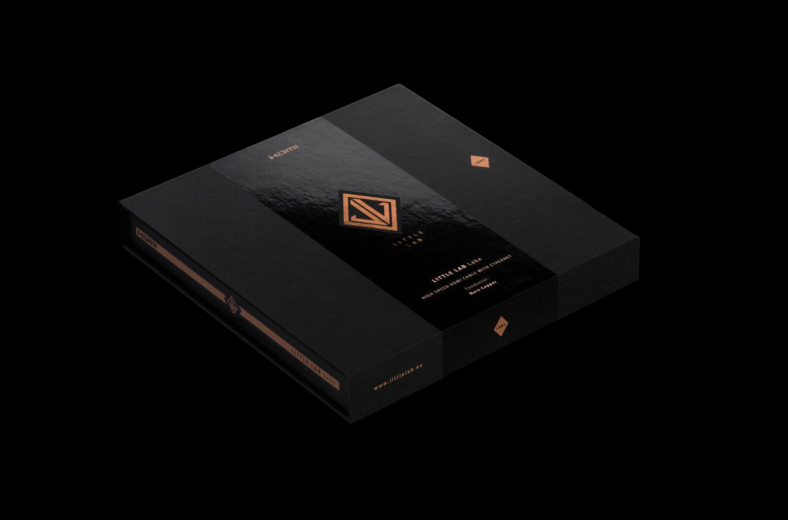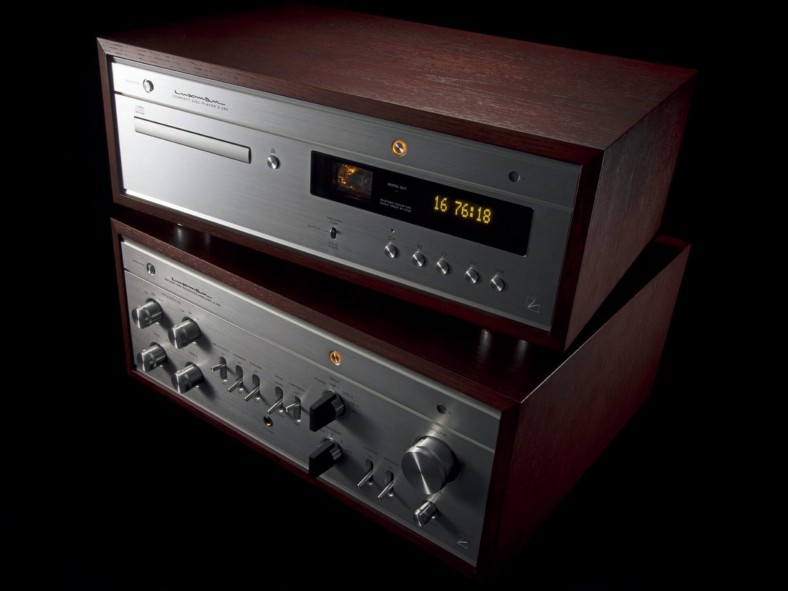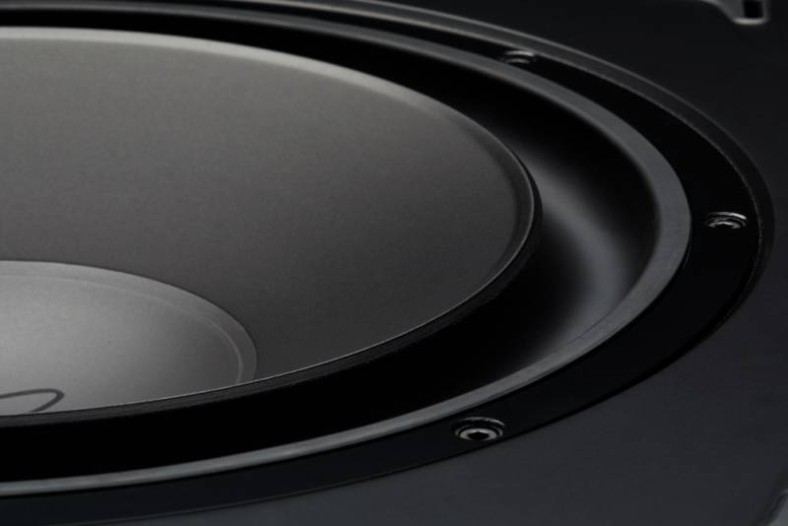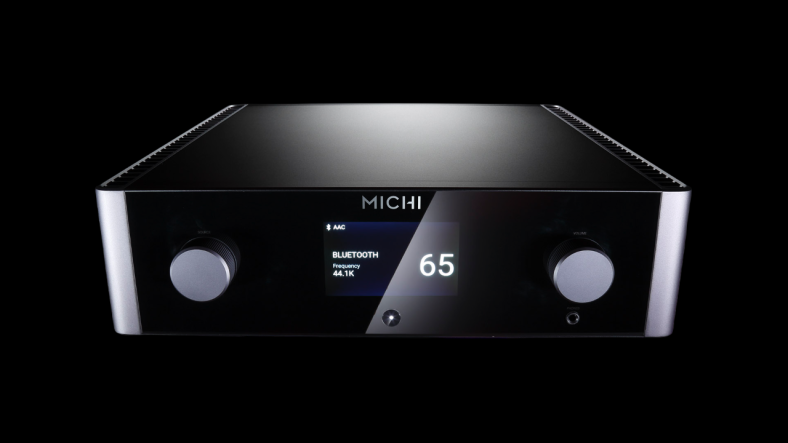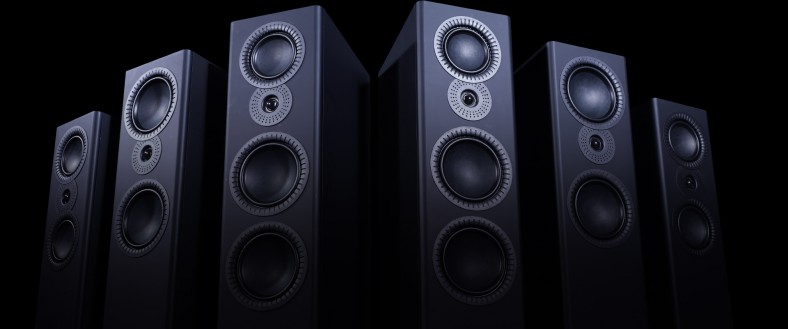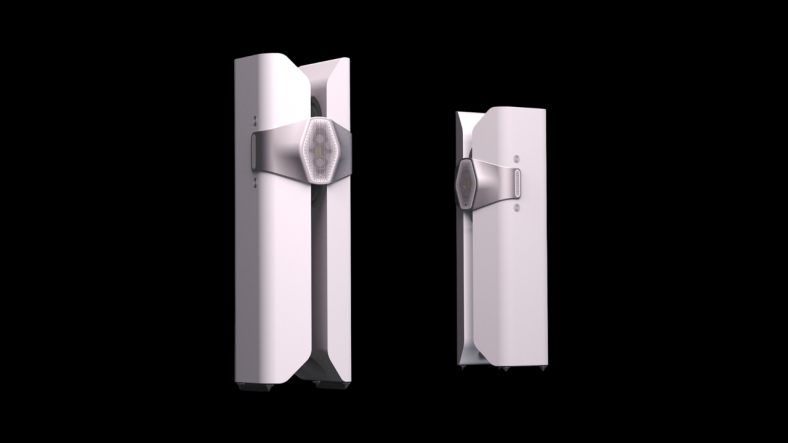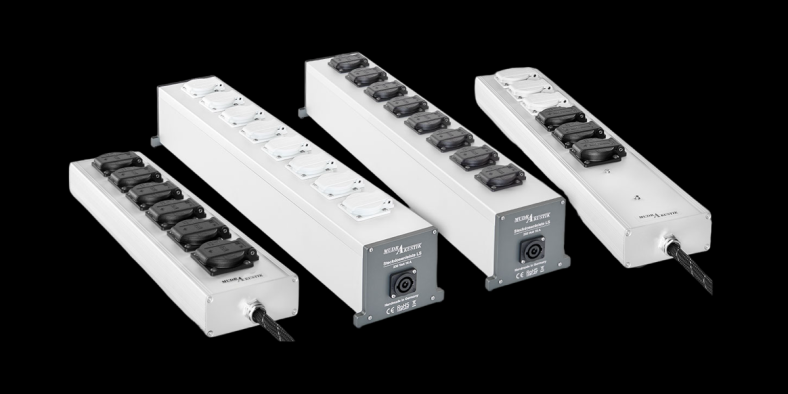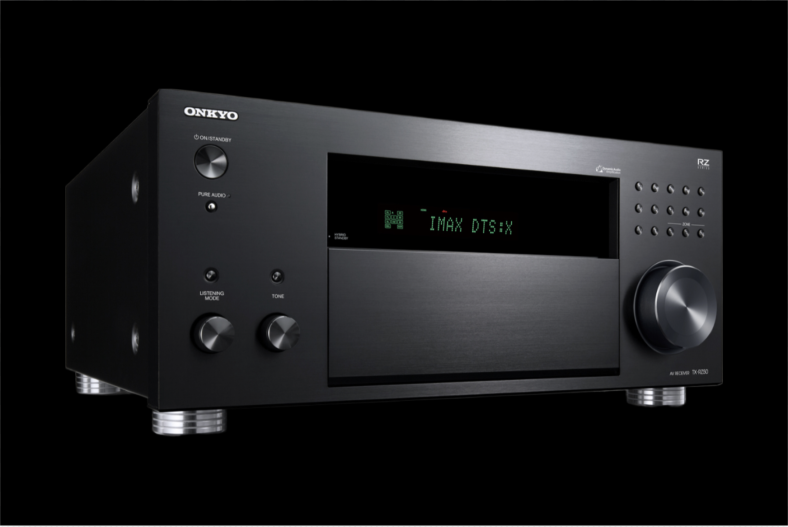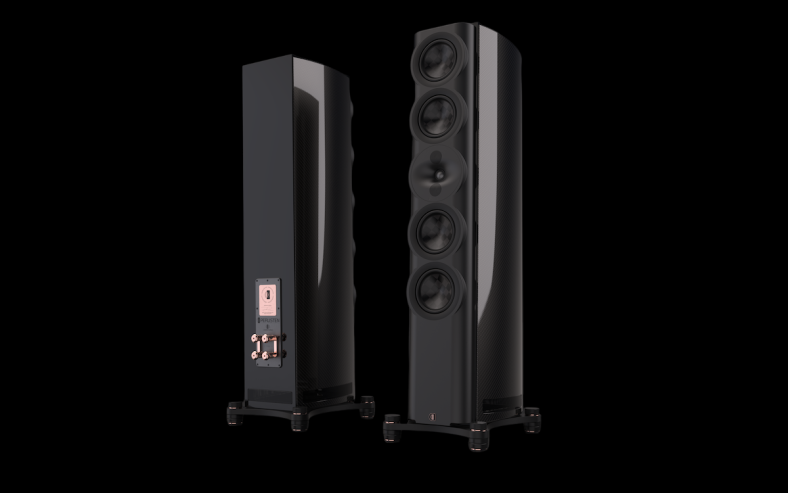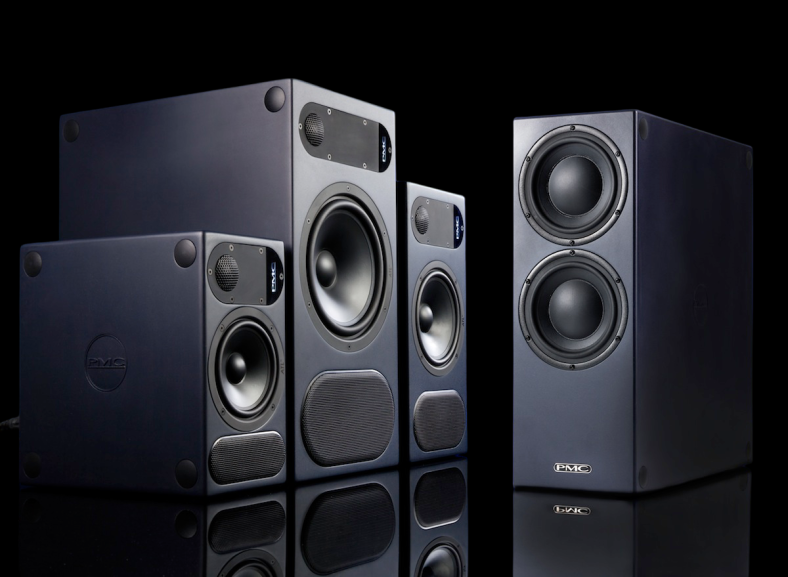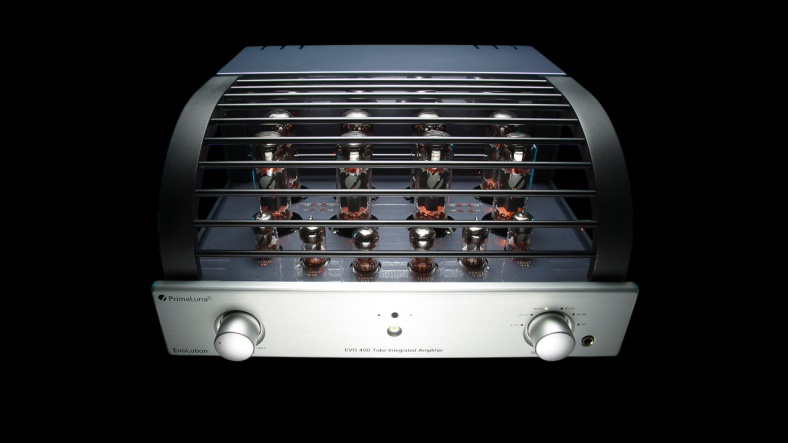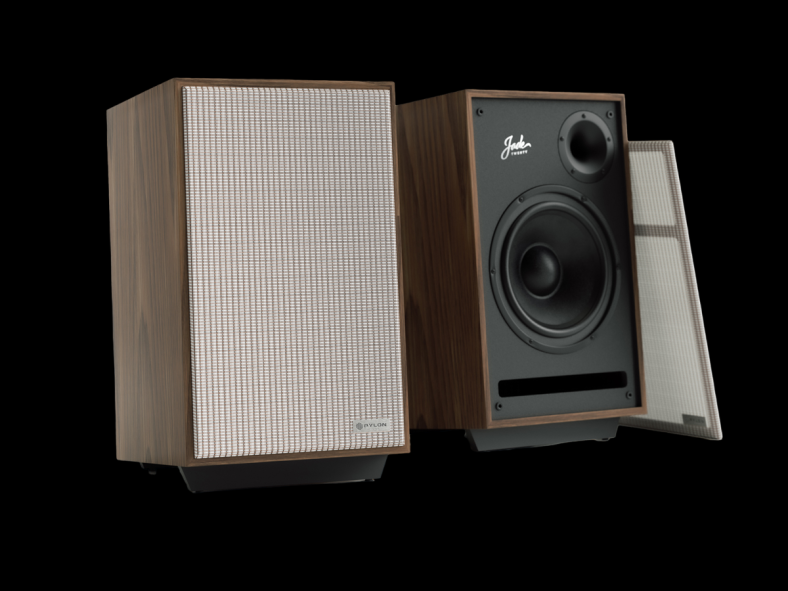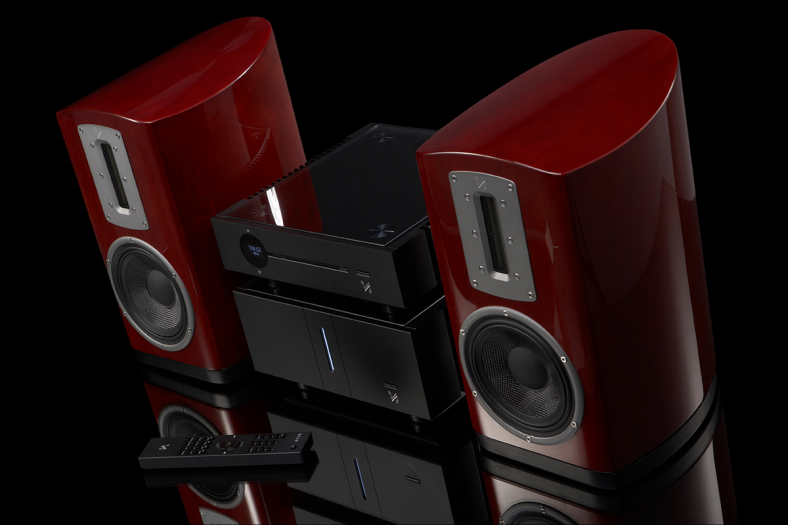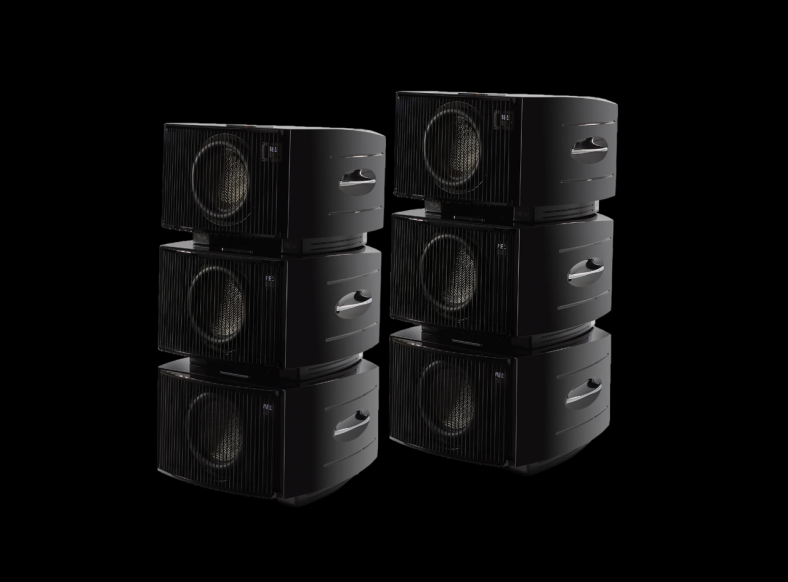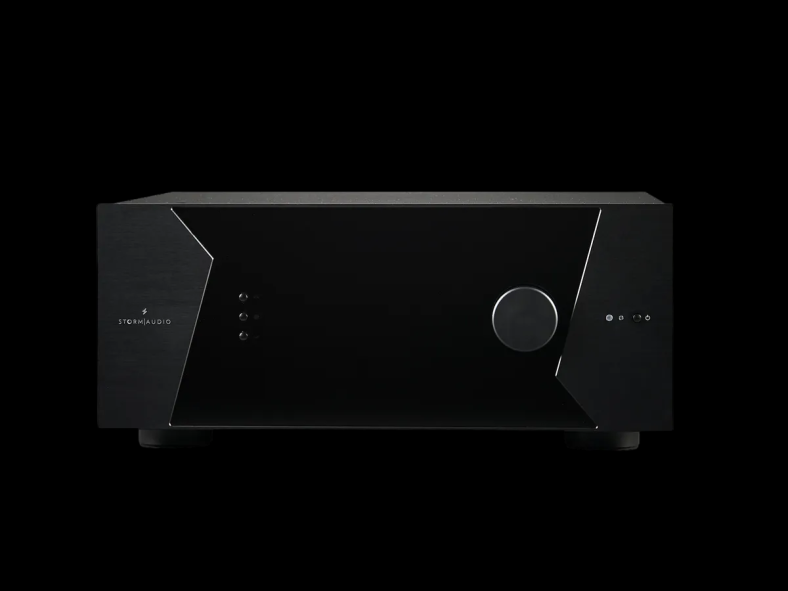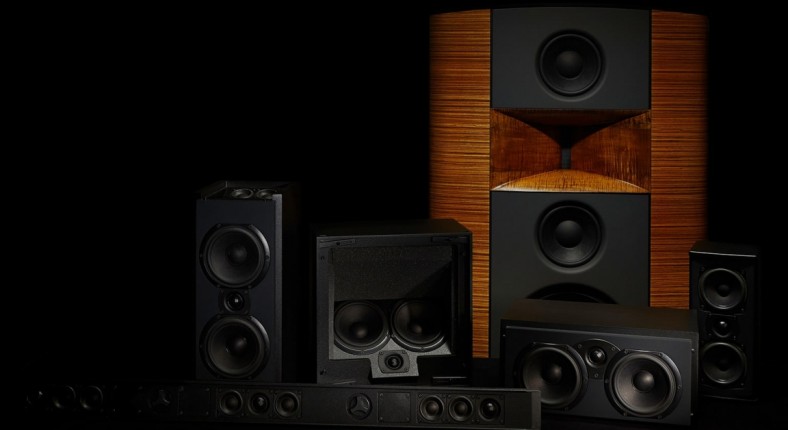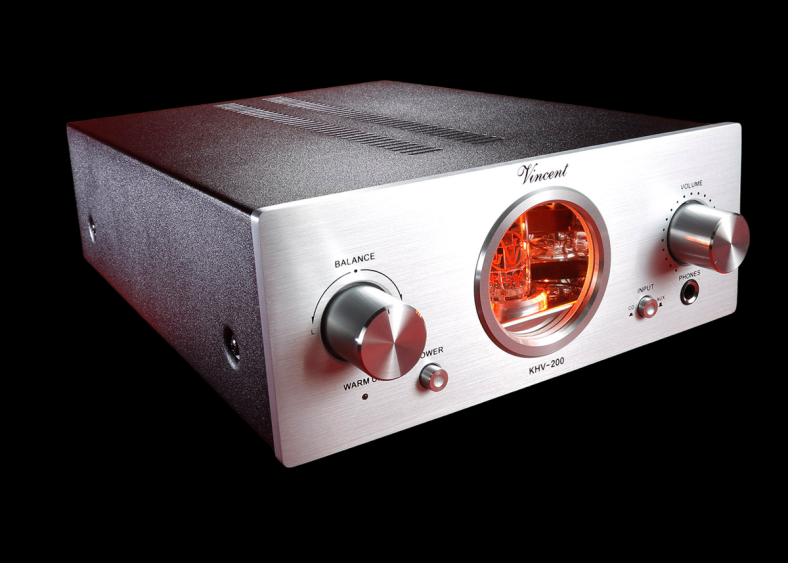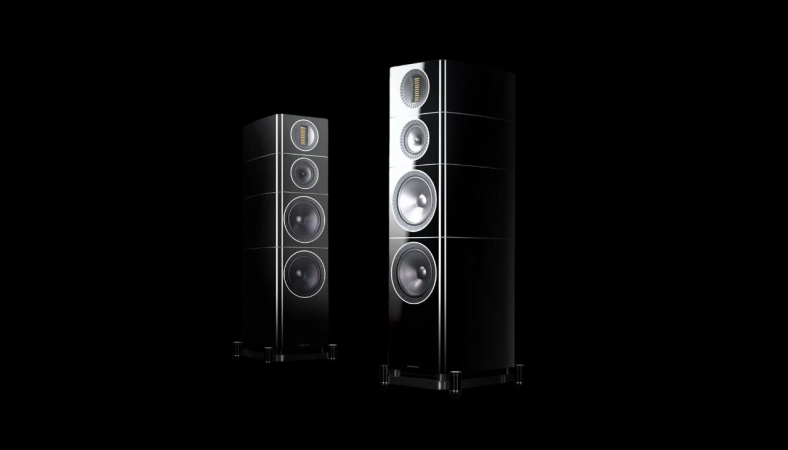The company's history begins in 2010 with the beginning of the development and creation of its own audio servers, which could boast advanced characteristics with relative ease of use.
The company name Aurender was based on two words: “Audio” and “Render”, which means “audio transmitter”. The founder of the project was engineer and entrepreneur Harry Lee, who decided to create a truly high-quality and professional device for playing digital audio files. Moreover, it is high quality, reliable and has a long service life.
“Our goal is to produce unique products that are timeless and challenge the market approach of mass-producing fly-by-night products and change for the sake of change.” As a clever solution to the problem of finding and playing file-based music without the aid of a computer or laptop, Aurender - by simplifying and generalizing the functions of a complex computer-based approach to listening to audio files - has created a combination device in the image of a traditional audio component.
To make it easier to navigate and use, Aurender has implemented new software that is technically “invisible” to users. Control of the new device has become as simple as possible, and the functional basis resembles a stand-alone PC. To operate the equipment, it was decided to create an Aurender Conductor application that worked with the iPad.
The design of all boards (including power supplies) is developed by Aurender specialists, and the boards themselves are manufactured by trusted partners of the company in Korea, after which they undergo many test cycles. Thus, the consumer receives a single, complete device in which every detail (including power supplies and outputs) has been designed and selected to provide maximum sound quality.
The main reasons for the intensive development of the company were:
- constant improvement of technologies, introduction of advanced developments into equipment;
- active promotion of models to foreign markets, marketing support;
- professionalism of the craftsmen, high quality of devices from the manufacturer Aurender;
- using your own software and applications for different types of devices.
Models are equipped with support for streaming services, which allows you to automatically organize content and integrate it into the music library. For this purpose, the function of creating a common file database is provided.
As a result of long work by Aurender specialists, the first device was released - the S10 audio server. The presentation of the new product took place in 2011 at a specialized exhibition in San Francisco. Experts highly appreciated the new product, which became the impetus for the intensive development of the company and the beginning of the development of new models. During the first few years of work, two new models were created at once, which won the sympathy of connoisseurs of professional audio equipment.
In 2015, Aurender America was formed to serve North American high-end dealers, and at the end of that year, a new entry-level model, the N100 server with USB output, was introduced to consumers. This model greatly contributed to the growth of the company’s popularity and sales volume of its equipment, because has prompted many digital audio enthusiasts to switch from their computer to an Aurender audio server. Over the next two years, additional varieties of the N100 were released - the N100H server with 2 TB or 4 TB of memory, and recently the N100C model appeared, equipped, in addition to USB, with a coaxial SPDIF output.
The next addition to the company’s server family occurred at the end of 2016 with the start of production of the A10 model. This is the first Aurender audio server to feature an analogue output, a fully MQA compatible DAC and volume control, allowing the A10 to act as a preamplifier in a fully digital audio system.
The release of new models increasingly attracted the attention of consumers and experts to Aurender products. Gradually, many music lovers abandoned the use of a computer to play music in favor of an audio server. Every year the company increases the production of professional equipment, paying special attention to quality, functionality and ease of navigation of equipment. The result of constant development is the addition of new functions and constant improvement in the quality of file playback.
